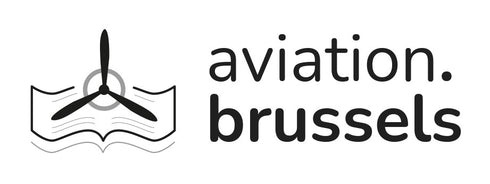Captain Sir John William " Jack " Alcock K.B.E., D.S.C. ( November 5th, 1892 - December 19th, 1919 ) was born at Basford House ( Firswood, Greater Manchester, England ). He attended St. Thomas's Primary School ( Heaton Chapel, Stockport, Greater Manchester ) and Heyhouses School ( Lytham St. Annes, Lancashire, England ). He first became interested in flying at the age of 17.
His first job was at the Empress Motor Works in Manchester. In 1910, John Alcock became an assistant to Works Manager Charles Fletcher, an early Manchester aviator and Norman Crossland, a motor engineer and founder of Manchester Aero Club. It was during this period that Alcock met the Frenchman Maurice Ducrocq who was both a demonstration pilot and United Kingdom sales representative for aero engines made by the Italian Spirito Mario Viale. Maurice Ducrocq took the young Englishman on as a mechanic at the Brooklands aerodrome ( Surrey, England ), where he learned to fly at the Frenchman's flying school, gaining his pilot's licence there in November 1912. John Alcock then joined the Sunbeam Motor Car Company as a racing pilot.
At the outbreak of the First World WarI, he joined the Royal Naval Air Service ( R.N.A.S. ) as a Warrant Officer instructor at the Royal Naval Flying School at Eastchurch ( Kent, England ). Commissioned Flight Sub - Lieutenant ( December 1915 ), he was transferred, in 1916, to a Squadron operating at Moudros ( Lemnos, Greece ). On September 30th, 1917, whilst piloting a Sopwith Camel, John Alcock attacked three enemy aircraft, forcing two to crash into the sea. Piloted a Handley Page bomber on a raid to Constantinople ( present - day Istanbul, Turkey ), he was forced to turn back to base after an engine failed near Gallipoli. The second engine failed after more than 60 miles, and the aircraft ditched in the sea, near Suvla Bay ( south of the Gulf of Saros, European Turkey ). John Alcock and his crew of two swam to reach the enemy - held shore. Taken prisoner the next day by the Turkish forces, they remained prisoners of war until the Armistice.
John Alcock retired from the newborn Royal Air Force in March 1919. After the war, John Alcock became a test pilot for Vickers. Along with Arthur Whitten Brown, he took up the challenge of attempting to be the first to fly directly across the Atlantic. On June 14th, 1919, they took off from St. John's ( Newfoundland ) and successfully landed in Derrygimla bog near Clifden ( Ireland ) the next day. A few days later, the duo was honoured at Windsor Castle ( Berkshire, England ), and invested by King George V as Knights Commanders of the Order of the British Empire.
On December 18th, 1919, John Alcock was piloting a new Vickers amphibious aircraft, the Vickers Viking, to the first post - war aeronautical exhibition in Paris ( France ). He crashed in fog at Cottévrard ( near Rouen, Normandy ). Suffering from a fractured skull, he never regained consciousness and succumbed to his injuries the following day.
( source : Wikipedia )



















